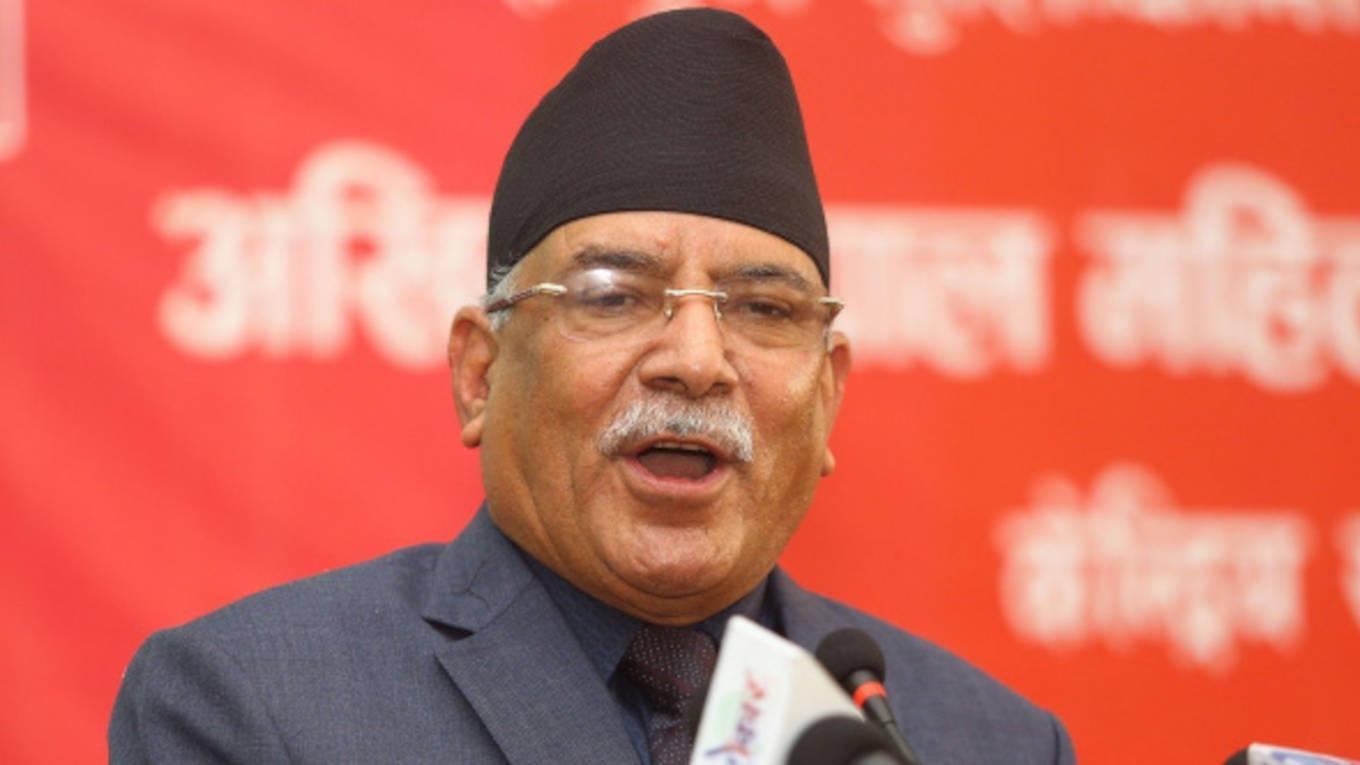-
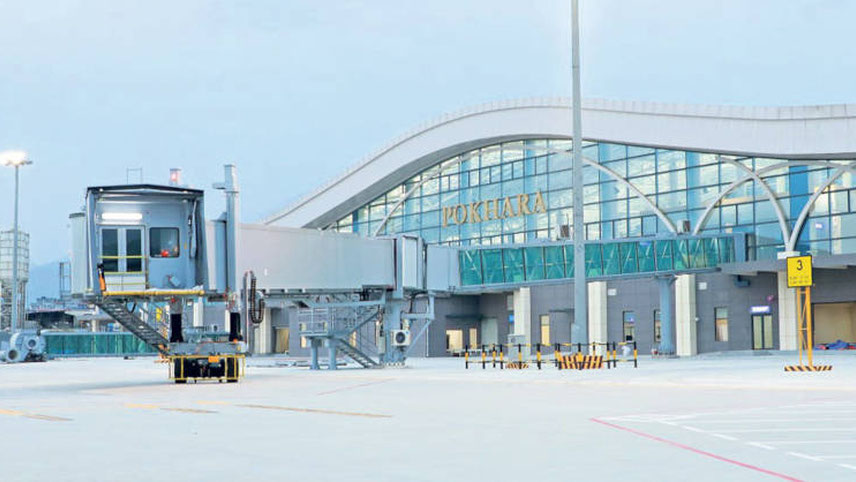
Pokhara airport: ‘flagship project of the China-Nepal BRI co-operation’
To allay these fears in New Delhi and perhaps keep Beijing in good humour, the new government has issued a statement saying it will strive for better relations with both India and China. Prachanda may need help from all sides, as his country’s economy is sinking.
Economic crisis
“A severe cash crunch has obstructed the money cycle at every level of business,” says Pratik Jalan, executive director, Ramesh Corp, which has entered into an agreement with India’s Kajaria group to make tiles in Nepal. “We can barely see consumer spending in the market. This has badly affected the production of industries as both consumption and demand are suppressed now.”
However, he is hopeful that the crisis will blow away soon. “Nepal is a growing economy, and the beauty of this country is that we usually have short-lived crises.” Others point to the rebound in tourism which, though contributing barely 7 per cent to the GDP, supports one million direct and indirect jobs.
India will be watching closely. The year 2023 threatens to pose a tough diplomatic challenge in the neighbourhood for New Delhi, even as it tries to make sense of how and whether it should help Bangladesh, caught in its own troubles.
“We’ll maintain relationships of equi-proximity with both our neighbours,” says Narayan Kaji Shrestha, a senior member of Communist Party of Nepal’s Maoist Centre (CPM-MC), who is now the deputy prime minister. “We must immediately focus on containing inflation, maintain reserves, raise capital expenses, narrow the trade deficit and lower interest rates.”
Political hotchpotch
Prachanda, chairman, CPN-MC, led the decade-long armed struggle from 1996 to 2006 against the monarchy that ultimately ended with signing of the Comprehensive Peace Agreement in November 2006. He remained underground for almost 13 years and later joined mainstream politics when the CPN-Maoist adopted peaceful politics. Though he stayed in India during this period, forging close ties with the Indian Communists, his fraught relationship with the Indian leadership has been marked by a lack of mutual trust. The two sides will have to find a way to do business and ensure relations remain on an even keel.
New Delhi did reach out to Prachanda just months ahead of Nepal’s elections, when he was extended an invitation to visit India by BJP president J.P. Nadda. Prachanda met National Security Adviser Ajit Doval, External Affairs Minister S. Jaishankar and Foreign Secretary Vinay Mohan Kwatra. But there was no meeting with PM Narendra Modi even though the Nepalese leader was hoping for one. While Prachanda may have returned disappointed, but New Delhi felt his meeting with Modi would have sent the wrong message in Nepal – of trying to throw its weight behind a particular political outfit.
-
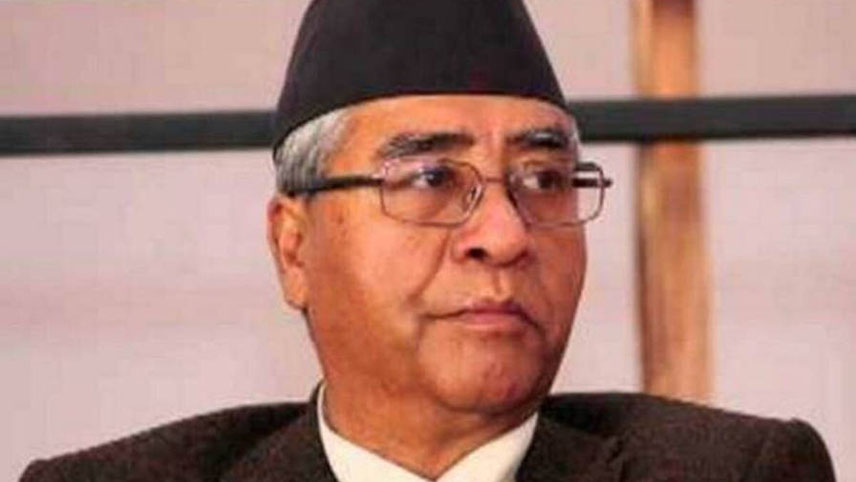
Deuba: favourite of the US and India?
The result of the recent parliamentary elections did not help. Such is the nature of the split mandate that no party in the 275-member House of Representatives has 138 seats required to form a government. Nepali Congress is the largest party with 89 seats in the House of Representatives, while CPN-UML and CPN-MC have 78 and 32 seats, respectively.
Wheeling-dealing
In the fast-paced backroom negotiations, which took place at various levels, Prachanda walked out of the Nepali Congress-led five-party alliance after Prime Minister and Nepali Congress president Sher Bahadur Deuba rejected his bid to become the Prime Minister in the first round. Deuba and Prachanda had earlier reached a tacit understanding to lead the new government on a rotational basis.
During talks with Prachanda, Nepali Congress had staked claim for both the key posts of President and Prime Minister, which Prachanda had rejected after the post of Speaker was offered to his party. The potential alliance thus broke down at last-minute talks.
This happened even after Deuba tried to sell himself as the best candidate for the post in the backroom talks. He even reportedly claimed that he had the backing of both Washington and New Delhi for the job.
Deuba should have known that he was dealing with a tricky player. When Prachandra realised that he was getting nowhere in his talks with the Nepali Congress, he reached out to former Prime Minister K.P. Sharma Oli of the CPN-UML. Now, the two Communist parties, along with a host of smaller parties like the Rastriya Swatantra Party, Rastriya Prajatantra Party, Janamat and NagarikUnmukti Party, have agreed to form the government. In all, Prachanda has support of 165 lawmakers in the 275-member House of Representatives. There has been an understanding between Prachanda and Oli to lead the government on rotation basis.
Given the last few years of uncertainty in India-Nepal ties, India’s response to the development will call for a delicate handling of the different bilateral and regional factors at play, as well as a recalibration of its diplomatic action. Chinese interest in Nepal’s economy and geo-strategic location has been growing over the last decade, but it was around 2018 that the imprints of Chinese meddling in Nepali politics became clear.
In fact, the Chinese embassy in Kathmandu had played a significant role in the merger of Nepal’s two distinct communist parties: the CPN-MC and CPN-UML. Their merger into a single entity, the NCP, was preceded by the victory of the alliance in the 2017 election.
China’s sway
Subsequently, China wielded considerable sway over the NCP government. While disagreements and power tussles regularly surfaced between the two factions, China’s then ambassador Hou Yanqi mediated to ensure the continuity of the combined front in power. A section of the Nepali media even asked whether China was micro-managing Nepali politics. The two Communist parties had subsequently split. They have now joined hands in a marriage of convenience.
-
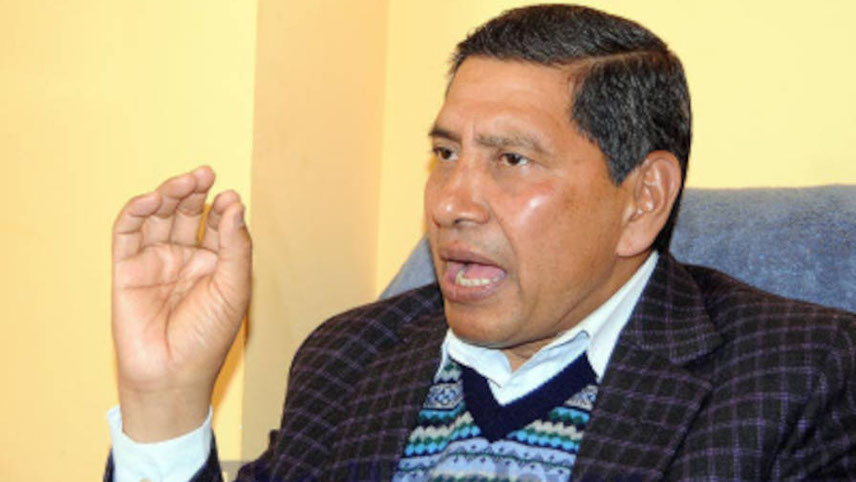
Shrestha: equi-distance with neighbours
One reason that binds them together, says a Nepali Congress spokesman, is that they do not want to see Nepal remain entrenched in the ‘Indian camp’. Prachanda has, in the past, said that a new understanding with India needed to be developed on the basis of ‘changed scenario’ in Nepal and after addressing all outstanding issues, like revision of the 1950 Friendship Treaty and resolving Kalapani and Susta border disputes.
India believes the India-Nepal Treaty of Peace and Friendship of 1950 forms the bedrock of the special relations between the two countries. In recent years too, Prachanda, has reiterated that India and Nepal needed to address diplomatically some of the issues ‘left by history’ to realise the full potential of the relationship.
Modi was quick to congratulate Prachanda. Perhaps he is trying to make up for the snub, which his office administered to Prachanda when the latter, who was visiting Delhi recently, sought an appointment with Modi, which was denied.
After Prachanda, India will have to deal with Oli too. As PM, Oli had claimed that efforts were being made to oust him after his government redrew Nepal’s political map by incorporating three strategically key Indian territories –Lipulekh, Kalapani and Limpiyadhura. India had termed as ‘untenable’ the ‘artificial enlargement’ of the territorial claims by Nepal after its Parliament unanimously approved the new political map of the country in 2020. The move strained ties between the two countries. Clearly, India’s diplomats have a tough time ahead in ducking such surprises, while keeping the Chinese dragon at bay.
The real challenge
Among other things, Prachanda will now have to deal with an economy that is sinking. The earlier two stints of Bishnu Poudel, the new finance minister, have coincided with Nepal facing economic troubles. When he took the job for the first time in October 2015, he had to deal with an economy badly affected by earthquakes and India’s trade blockade. In his second stint, he was facing an even bigger economic crisis caused by the Covid pandemic.
As he becomes the FM for a third time, the country is once again facing many economic challenges, including inflation, liquidity crunch, reduced industrial production, depleted foreign exchange reserves and fall in growth in revenue collections.
In Kathmandu, Poudel is not considered an expert on the economy and questions are being asked as to how seriously he has understood the current challenges. While assuming office, Poudel admitted that the economy was on the verge of a crisis. “I will make an effort to solve the economic challenges by identifying the causes,” he said, adding that the state agencies have observed the problems of the economy and he would focus on solving them. The former FM, Yuba Raj Khatiwada, who worked under Oli, says Prachanda must focus on boosting manufacturing products like cement for export, and agriculture to substitute imports.
-
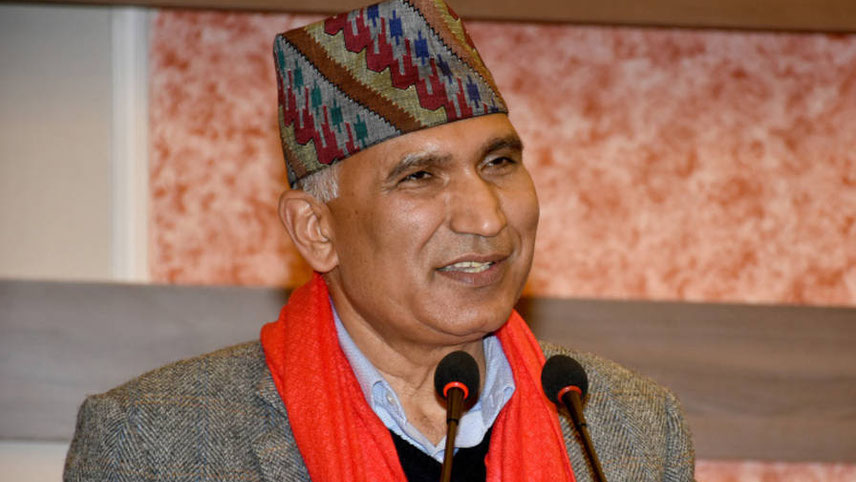
Poudel: will he tackle economic crisis?
What has gone wrong? In the early months of the last fiscal, the country imported heavily, which resulted in a balance of payments deficit and a sharp decline in the foreign exchange reserves, raising questions if Nepal was heading the Sri Lankan way. The government took import control measures and, starting from April, it banned the imports of various goods, including vehicles, liquors, expensive mobile sets and television sets.
Due to the massive lending which, according to the NRB, mostly went towards financing the imports, the country reeled from a liquidity crunch, which still persists, leading to a rise in interest rates.
Little choice
New Delhi is left with little choice but to make the best of a difficult situation, especially one where it is struggling to retain its strategic space amidst China’s relentless and deepening inroads into the Himalayan nation. India will also need to keep a close eye on the geo-strategic rivalry between the US and China playing out in Nepal.
The US has significantly stepped up its engagement with Kathmandu in the last couple of years, finally even managing to get Nepal on board the $500 million Millennium Challenge Corporation (MCC), seen as a counter to China’s Belt and Road Initiative (BRI).
New Delhi will have to continue to remain engaged with parties and leaders of all hues. This is imperative not only because of the extremely fluid nature of Nepal’s politics, but also because India no longer enjoys the pole position it once had in Kathmandu.
India will also have to prove that it is a reliable provider of infrastructure. In the past, many such projects were marred by delays due to local environmental objections, cost overruns and selection of poor local contractors. India should help Nepal correct these and deliver on big-ticket infrastructure (like the Arun III hydro-electric project) by the scheduled deadlines. This, along with close political communication to avoid disputes like the one over territory in the Kalapani region, will address New Delhi’s worries better.
